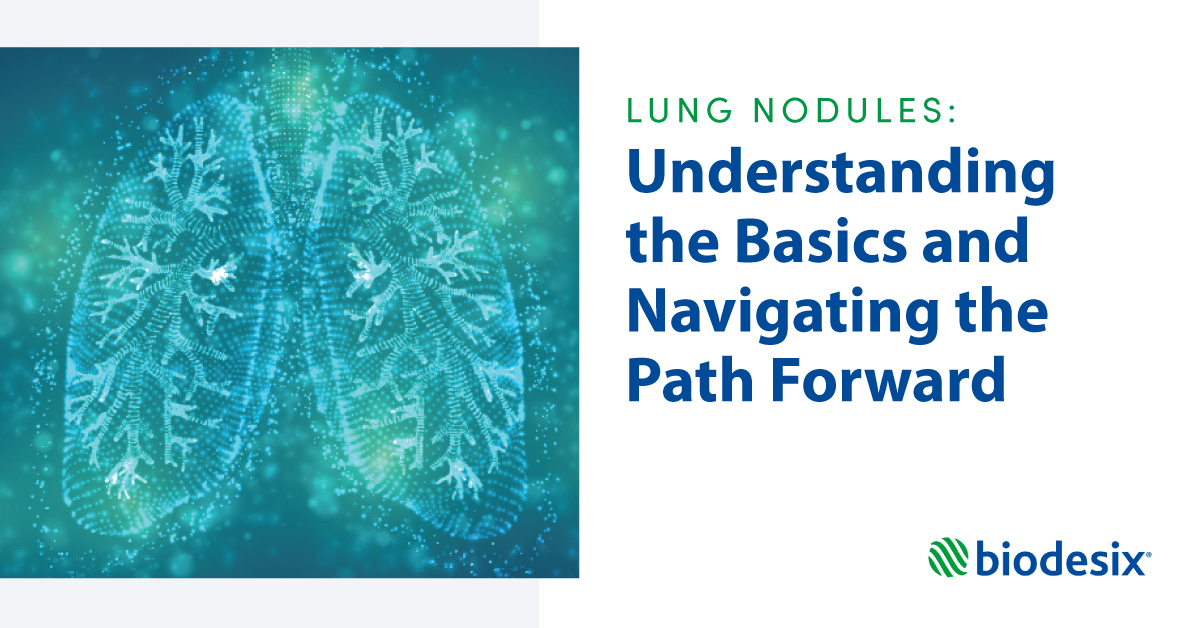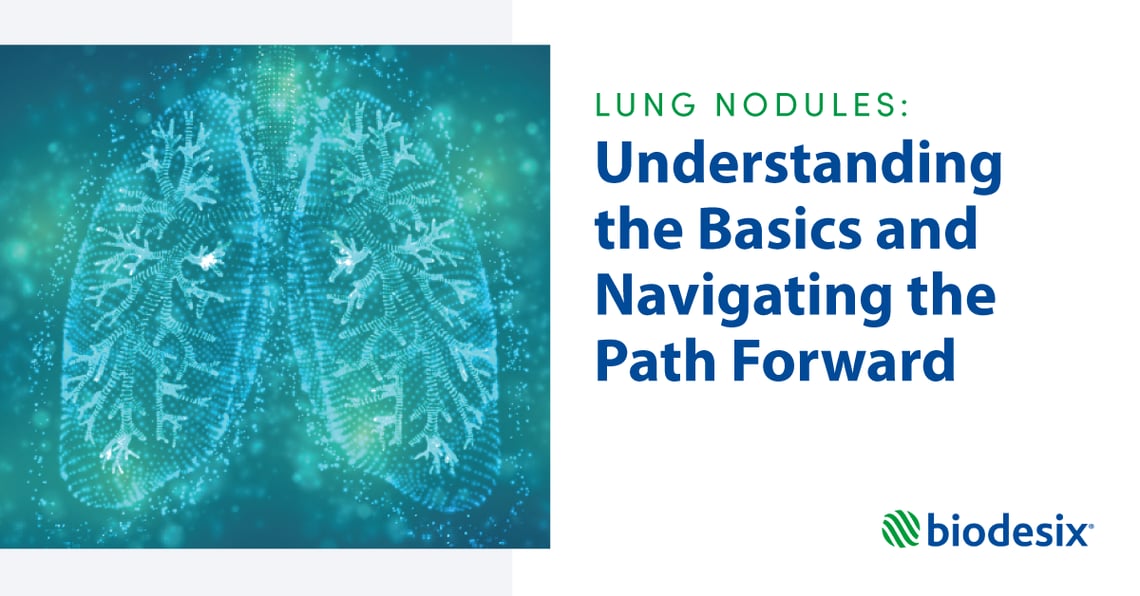Lung Nodules: Understanding the Basics and Navigating the Path Forward

Lung nodules, often referred to as 'spots on the lung', are fairly common and usually not a cause for alarm. However, it's natural for anyone to feel anxious upon hearing they have a lung nodule. Our goal in this article is to provide a clearer understanding of what lung nodules are, why they occur, and how they can be managed, always bearing in mind that consulting with a healthcare professional is crucial for any medical concerns.
What is a Lung Nodule?
A lung nodule is a small, roundish growth in the lung that is easier to spot on X-rays or CT scans. They're often no larger than the size of a small pea. Importantly, the majority of lung nodules are benign (non-cancerous), resulting from infections, inflammations, or other non-cancerous causes.
Why Do Lung Nodules Form?
There are several reasons why lung nodules may appear:
- Infections: Previous infections can lead to scar tissue, which can appear as a nodule on a scan.
- Inflammatory Conditions: Conditions such as rheumatoid arthritis can sometimes cause lung nodules.
- Tumors: These can be benign or malignant (cancerous). The benign tumors are not cancer and do not spread, and they don't pose the same health risks as malignant tumors. However, distinguishing between the two is vital.
When Should You Be Concerned?
While most lung nodules are harmless, it's essential to monitor them. Factors that might raise concern include:
- Nodules larger than a certain size, typically between 1.5 - 3 centimeters (roughly the size of a large grape).
- Nodules with irregular or spiky edges.
- Nodules that grow in size over time.
- If you have a history of smoking or a family history of lung cancer.
- The age of the patient, as risk can increase with aging.
What Should You Do If You Have a Lung Nodule?
- Stay Calm: Remember, most lung nodules are benign. It's essential not to panic or assume the worst.
- Follow-Up Scans: If your doctor discovers a lung nodule, they may recommend periodic scans to monitor the nodule's size and appearance. It is very important to adhere to the follow up recommendations of your healthcare provider as a nodule can become more dangerous over time. Remember, if you have questions about your follow up recommendations, it is always appropriate to discuss these with your healthcare provider to improve your understanding and comfortability regarding your lung nodule journey.
- Further Testing: Advances in medical technology have introduced innovative diagnostic tools. For instance, tests like Nodify Lung can provide more information about the nodule. This blood-based testing can help physicians better determine the risk associated with a lung nodule and suggest whether more invasive procedures are necessary or if simple monitoring is enough. However, it's crucial to discuss with your doctor if you are a suitable candidate for such testing. Your doctor may discuss follow-up options to consider like PET scans or performing a biopsy.
- Stay Informed: Keep abreast of your medical history, test results, and any recommendations from your healthcare provider. Knowledge is empowering.
- Seek Support: There are numerous support groups and resources available for those dealing with lung nodules or lung diseases. Sharing your feelings and concerns can be therapeutic and can offer a fresh perspective.
Discovering a lung nodule can be unsettling. However, armed with the right information and a proactive approach to your health, it's entirely manageable. While tests like Nodify Lung can provide more clarity, it's always the conversations you have with your doctor that will offer the most tailored guidance. So, stay informed, stay calm, and remember that you're not alone on this journey.
Topics: Patents, lung nodule

